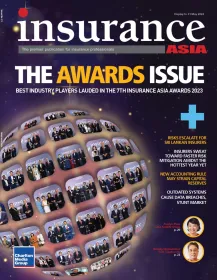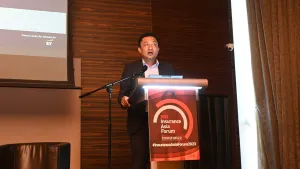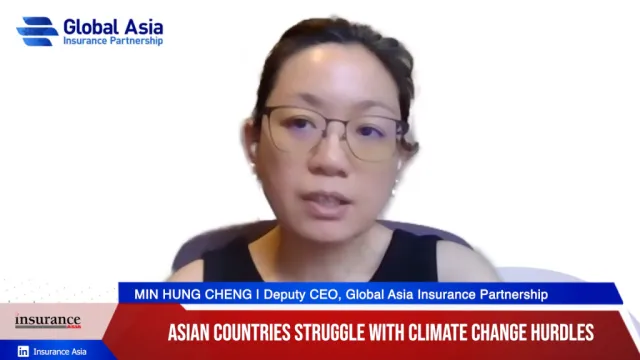
Three-fourths of APAC households unprotected if breadwinner dies: study
The region's mortality gap hit $8t in 2019.
Three in four Asia Pacific households are in financial danger if a breadwinner dies, as the region's mortality protection gap hit $83t in 2019 and is expected to grow by an average of 4% per annum until 2030, according to a Swiss Re report.
The study models Asia's mortality protection gap at the household level based on the results of a consumer survey across Australia, Mainland China, Hong Kong, India, Indonesia, Japan, Malaysia, Singapore, South Korea and Thailand.
The mortality protection gap is the difference between the protection needs of a household and the financial resources available to sustain a family's future living standards in the event of the unexpected death of the main breadwinner/s.
About a quarter (24%) of households face a very high protection gap, resulting in financial ruin if a breadwinner passes away. Mainland China has the largest divide at $41t, whilst 83% of families in India have their protection needs unmet, making the country the most vulnerable as a percentage. Amongst advanced markets, Japanese households have the most severe protection gap at 61% whilst Hong Kong households are the least exposed at 41%.
Severe underestimation of mortality risks and low uptake of life insurance are the main reasons for the gap, with close to 30% underestimating the importance of financial preparedness in case a breadwinner dies. More often, long-term health (62%), accident risk (48%), short-term health (35%) and retirement planning (31%) precede concerns over the death of a breadwinner (27%).
Nine out of 10 (94%) said they are not fully confident to manage their financial vulnerability in the event of a mortality shock, but only over one-third (39%) have considered buying life insurance to reduce such risk. "Earning more" is the most favoured solution to close the gap across all age groups, followed by purchasing health insurance and investments.
High perceived costs (51%), lack of product understanding (31%) and poor perception towards life insurance (19%) are the major deterrents stopping consumers from getting life insurance. Respondents in Mainland China and India are particularly vocal about confusing products.
What’s more, the pandemic highlights the fragility of livelihoods and gives insurers a chance to respond to consumer anxiety when they are more open to discuss their protection needs, Swiss Re said. From now until 2030, closing the gap in the 10 surveyed markets would result in up to $292b in additional annual premiums.











 Advertise
Advertise












